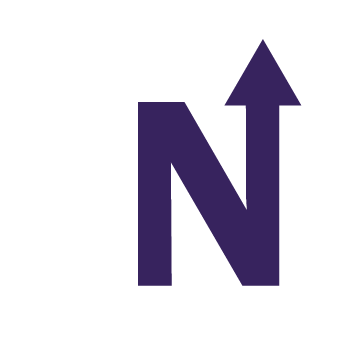Interdisciplinary, area and ethnic studies majors are a relatively new genre of majors at Northwestern. These interdisciplinary curriculums include courses in language, history, social sciences and the humanities.
The Asian Studies program has been at Northwestern since 1990 in “various guises,” said Pete Carroll, director of Asian Studies. Previously, there was an Asian and Middle East Studies program, but it has separated. Through the program, students can study Chinese, Japanese, Hindi-Urdu and Korean. In more recent years, there has been a growth in the number of students taking Asian languages.
“Certainly there are more and more students who are actively interested in learning more about Asia,” Carroll said. “The Asian Studies program does provide an interdisciplinary type experience, which a lot of students seek out.”
The Middle East and North African (MENA) Studies major started this past fall. According to Brian Edwards, MENA director, the numbers of students in this program are growing quickly because the program is new (the major started in 2006, when faculty proposed a program to accompany the hiring of more Middle East Studies faculty). Currently, there are 30 MENA majors and minors.
“Students have been signing up for the major and minor all year,” Edwards said. “It feels like it’s been a quick growth. It’s still a small number, but it’s still new.”
In this interdisciplinary major, students can study Arabic, Turkish, Hebrew and Persian. According to Edwards, students sign up for the major for a wide range of reasons, from the relevance of the area in current events to interest in the area’s rich culture.
“One of the things I love about Northwestern is it’s responsive to changes in the intellectual environment, geopolitical environment, students’ desires and interests and faculty’s interest,” Edwards said. “There are enough people to put energy and time into this major.”
The African Studies and African-American Studies programs at Northwestern are more developed. The Program of African Studies started in 1948. As for the Department of African-American Studies, it started in 1972, partly because of protests from African-American students in the late 1960s to increase attention to African-American history and literature. These protests included a sit-in at the University’s business office in May 1968.
Likewise, the Asian-American Studies program started in the wake of a protest in April 1995 to establish such a program. Many students who protested even went on a hunger strike. The program began in Fall Quarter of 1999 and graduated its first minors in 2000.
According to Ji-Yeon Yuh, director of Asian American Studies, there has been strong enrollment in Asian-American Studies courses, as most classes are always full or close to full. However, she said it can be difficult to convince students to actually minor in Asian-American Studies.
“It’s hard to persuade them to get a minor,” Yuh said. “We try to educate our students on the market value of humanities majors and minors.”
Yuh said that interdisciplinary and ethnic studies majors can foster creative and analytical thinking. However, they also touch on controversial issues.
“A lot of the analysis revolves around issues of racism, gender and gender discrimination,” Yuh said. “The fields are generating scholarship that criticizes the current state of the world.”
Currently, there are 27 Asian-American Studies minors. Yuh said that the program has a small faculty, and usually, the number of students minoring in the subject is in the low twenties.
The Latino and Latina Studies program is also relatively new, as it started in 2008.
Although students may not choose to major or minor in these interdisciplinary majors, the classes are still open to students, helping them learn more about diverse cultures and issues.
“Even for people who don’t have time to major or minor, there are a lot of interesting classes,” Edwards said.
